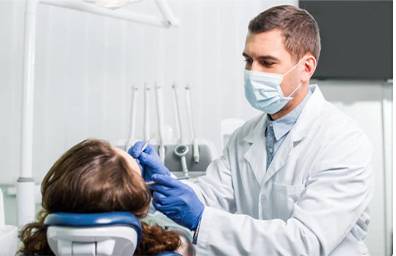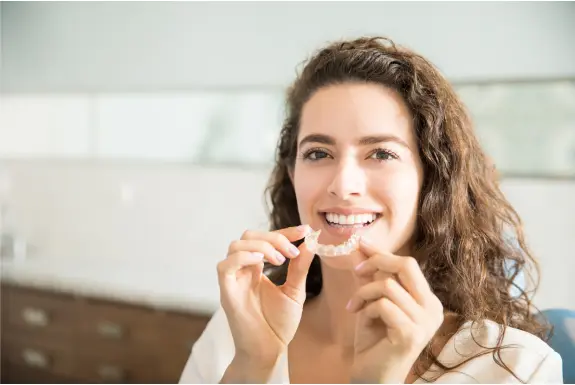Calabasas Smiles Advanced Dentistry is where modern technology meets truly personalized care. Our expert dentists are highly trained in a wide range of dental treatments and are passionate about helping patients achieve healthy, confident smiles and overall wellness. By combining state-of-the-art technology with advanced clinical expertise, we deliver outstanding treatment outcomes tailored to each individual.
From routine cleanings to complex dental implants, every treatment plan is customized to meet your unique needs.
We proudly serve patients throughout Calabasas and surrounding communities. Our mission is to make every visit transparent, effective, and comfortable. At Calabasas Smiles, we believe in building trust and empowering our patients through education and compassionate care.











